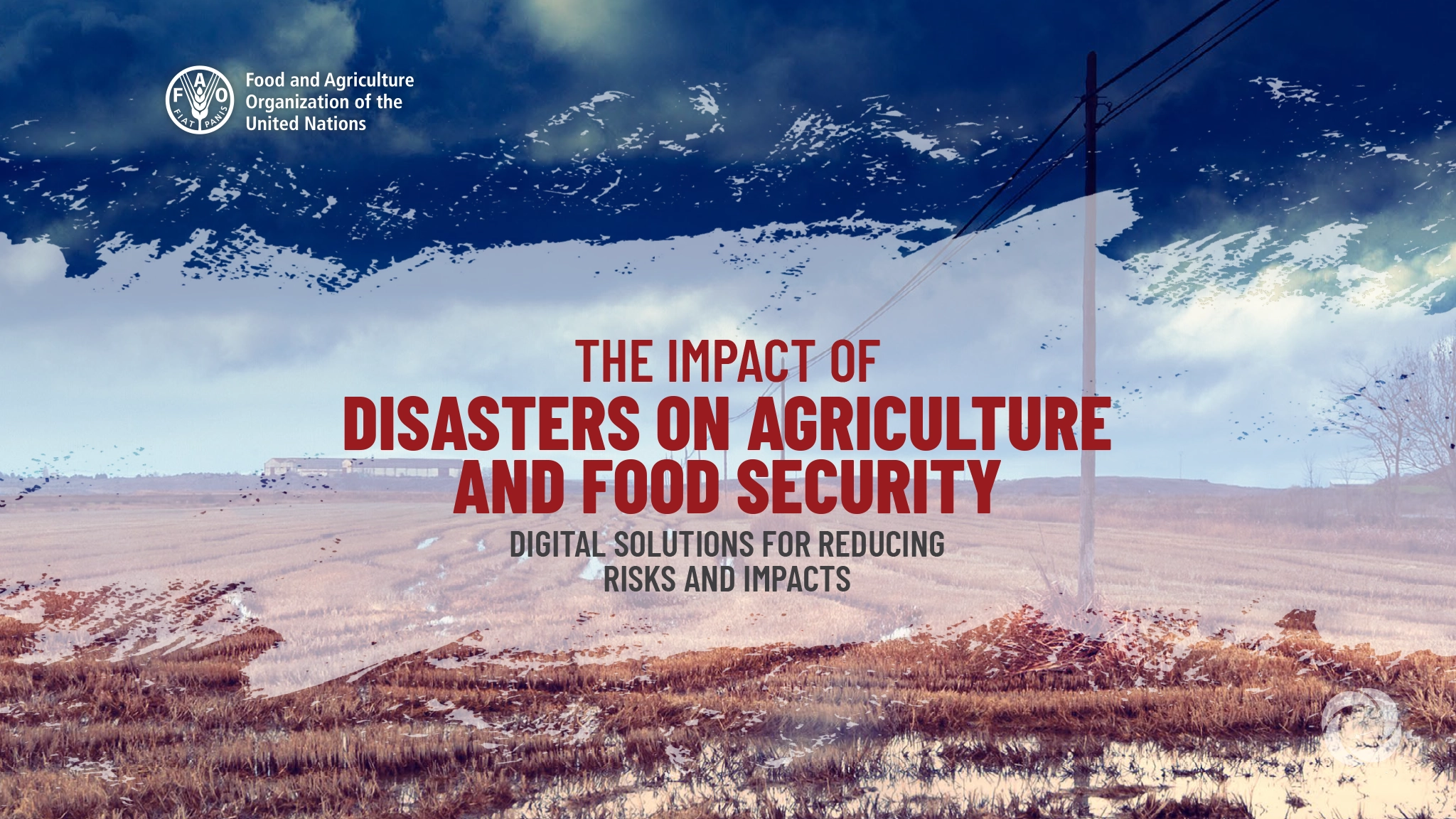Disasters have cost the world’s agriculture sector $3.26 trillion over the past 33 years—an average of $99 billion lost every year, the Food and Agriculture Organization (FAO) revealed in its latest global assessment FAO reported. This massive toll translates to about 4 percent of global agricultural GDP and highlights the urgent need to build more resilient food systems.
FAO’s new report, The Impact of Disasters on Agriculture and Food Security 2025, finds that a wide range of crises—from droughts and floods to pests and marine heatwaves—have wiped out billions of tonnes of crops and livestock. Between 1991 and 2023, the world lost 4.6 billion tonnes of cereals, 2.8 billion tonnes of fruit and veg, and 900 million tonnes of meat and dairy to disasters. Each day, that’s a 320 kilocalorie drop in available food—roughly 13‒16 percent of what people need. Asia has taken the biggest absolute hit, losing $1.53 trillion from floods, storms, and drought. Africa—while seeing smaller total losses—suffers the highest relative burden, with 7.4 percent of agricultural GDP wiped out by disasters.
Digital innovation is starting to change the picture. FAO points out that tools like drones, predictive analytics, AI, and mobile-based insurance are enabling faster, more targeted support for farmers and communities. For example, early warning systems now help evacuate up to 90 percent of at-risk populations before disasters strike, while parametric insurance platforms reach more than 9 million farmers worldwide.
But FAO also warns that over 2.6 billion people—mostly rural and highly exposed to risks—still remain offline. To get the most from new technologies, investment in digital infrastructure and human-centered design is essential, especially for smallholder farmers, women, youth, and Indigenous communities. The report calls for stronger policy frameworks and more government and private sector investment to help make these lifesaving tools accessible on the ground and truly transform future food security.

